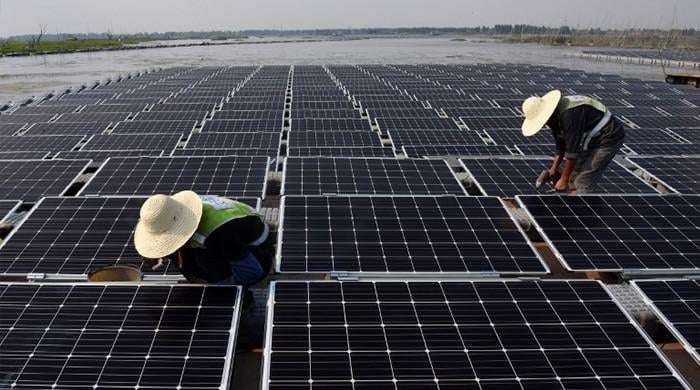If the waves of abrasing heat, destructive storms, prolonged droughts and ascending seas are not sufficient so that some people fear the consequences of climate change, perhaps this will do the trick: the warmer it becomes, the faster they multiply in cities in cities in cities in cities The cities that already fight to contain them.
That will surely be unpleasant news for Americans, who collectively support more than $ 27 billion in damage to property every year in the hands and teeth of the rats. That does not include the cost of diseases that animals propagate, such as hantavirus, typhus Murino and bubonic plague, or the mental health toll of living with each other.
The new findings, reported Friday in the journal Science Advances, are based on rating sighting records in 16 cities around the world. Unfortunately for humans, 11 of those cities saw their populations of rats expand during the study, while two cities remained stable and only three achieved measurable decreases.
That rodents are thriving should surprise. They are perfectly suitable for urban environments, where they make their homes on walls, basements and metro stations and delight in garbage, wastewater, peanut of dogs and abandoned pizza slices. The only continent that they still have to conquer is Antarctica.
A search rat in a garbage container in Richmond, goes.
(Jonathan Richardson)
“This species is very well adapted to take food and make that new babies rats that are running through their neighborhood,” said Jonathan Richardson, a biologist at the University of Richmond that studies wildlife in cities and its impact on health human “They do it really efficiently.”
One of the few things that slows the rats is the cold climate. And with climate change, we have less.
Global warming causes average temperatures to increase, which reduces the number of winter days. In cities, the trend is aggravated by the fact that the built environment absorbs and preserves more heat than the rural area around it, a phenomenon known as the effect of the urban heat island.
To investigate a possible link between rats populations and increased temperatures, Richardson and his colleagues sought reliable data in the 200 most populated cities in the country. Carrying out an exhaustive rats census was not practical, if not impossible, so they used municipal inspection records and rats reported to government agencies.
They found 13 cities that had maintained records consistent for at least seven years. Then they expanded their search and found three more cities abroad. The final group had data from rats that date back for an average of a little more than 12 years.
Since cities used different data sources collected during different periods of time, the researchers obtained a standardized way of measuring change in rats sightings. They discovered that rats reports increased more in Washington, DC, followed by San Francisco, Toronto, New York, Amsterdam, Oakland, Buffalo, Chicago, Boston, Kansas City and Cincinnati.
Three cities, New Orleans, Louisville and Tokyo, managed to reduce their populations of rats during the study period. There were no significant changes in Dallas or St. Louis.
The angels were not included in the analysis because the systematic records of rats were not available. The routinely is among the three main annual lists of pest control companies of the “most rocky cities” in the United States, but Richardson said that the perennially large volume of rodent complaints had more to do with the size of the city than an exclusively friendly environment for rats.
Next, the researchers used statistical methods to see what factors could explain the differences in the results of cities's rats. Around two thirds of the variation could be explained by five things, including the density of human population and the amount of area covered by vegetation.
The most important factor was the change in the average temperature of a city: the more it increased, the population of rats grew.

A rat cross a subway platform on the Times Square in New York City.
(Richard Drew / Associated Press)
The change in the minimum temperature of a city had no influence on rats. Richardson said the team was initially surprised by that, since the cold weather extends the time it takes to female rats to become fertile and reduces the number of puppies in garbage.
In a more hospitable climate, a rat can get pregnant when it is only two months old, and that pregnancy will last only three to five weeks. The researchers realized that if the increase in average temperatures caused the winter conditions to arrive one or two weeks later and they are completed one or two weeks earlier, it could buy a rat long enough to tighten an additional reproductive cycle each Year, said Richardson.
Santu Pentikäinen, a researcher at the University of Helsinki who did not participate in the work, said the authors of the study made a convincing case that global warming is good for rats.
“The results simply make sense,” said Pentikäinen, member of the Helsinki Urban Rat project.
Co -author Maureen Murray, ecological of wildlife disease in the Lincoln Park Zoo in Chicago and leader of the leader Chicago Rat ProjectHe said he hoped that the findings “motivate people to worry that climate change can exacerbate their rats.”
But Richardson said he was not sure that the possibility of “more rats running” is more galvanizing than the images of “the sad polar bear floating on the ice.”












